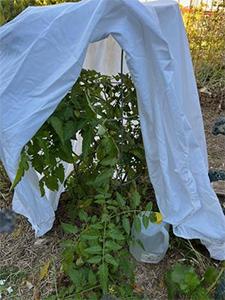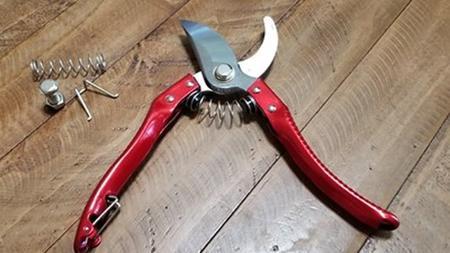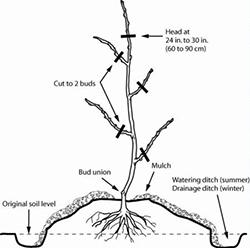Winter 2023
Winter Tasks. Time to Bundle Up!
There are plenty of winter tasks This Season in the Garden and our Helpdesk regularly writes very timely blog posts which you can also access via our website.
Just in! from UCANR Statewide: How to Care for Flood and Water-Damaged Plants.
While sheltering from severe weather, check out our YouTube Channel! It is a treasure trove of 36 great presentations we’ve given over the past couple of years, just waiting for you to enjoy!

by Susan Heckly (Helpdesk blog post)
Winter is here! We’ve already had frosty temperatures in November and December, but there will be more coming before spring. Sometimes our coldest temperatures happen in January and February. The approximate date of the last frost in West Contra Costa County is February 10, while we can see frost as late as March 27 in Central Contra Costa. Because significant climate variation can occur, it’s good to start thinking of frost protection early, before you need it. And don’t put those frost-protection supplies away too early.
Frost can start to occur when the temperature gets below 36°F and is sure to happen at 32°F. When temperatures drop below 32°F, it becomes a freeze, and if it drops below 28°F, it’s a hard freeze. Protecting plants when temperatures drop.

by Anne Sutherland (Helpdesk blog post)
Evenings are dark and it’s too cold and wet to work in the garden. What better time for tool care?
Tool care does not come naturally to many gardeners, but it’s straightforward and you’ll be rewarded with years of good service. Dull, dirty blades can crush plant tissue, damaging the cambium and creating an entry point for pests and diseases.
Here is a summary:
- Clean and sharpen dull blades.
- Lubricate garden tools and repair damaged grips.
- Cleaning can be done with soapy water and a wire brush or steel wool; air dry and apply a light coat of oil to prevent corrosion.
- Tools with wood handles can be sanded and rubbed down with linseed oil.
- File cutting tools, including shovel blades, to sharpen.
- Store tools in a dry, covered area.
- Have your lawn mower serviced to get a jump on spring tasks.

by Anne Sutherland (Helpdesk blog post)
Winter is an ideal time to plant a fruit tree. Although it requires some patience, planting bare root trees is the best way to achieve success. Advantages: The trees are lighter and easier to handle, you can get a good look at the roots, they cost less than leafed-out potted trees, the tree is dormant and less apt to be stressed by handling, and the roots don’t have to re-adapt to new soil. The main disadvantage is that you should get the tree in the ground within a few days after purchase, and it may take 2–3 years before some trees produce fruit.
Fruit trees are an investment, so you should give some thought to choosing the right one (appropriate for your climate zone) in the right location (good drainage; minimum 6 hours/day of sun).
